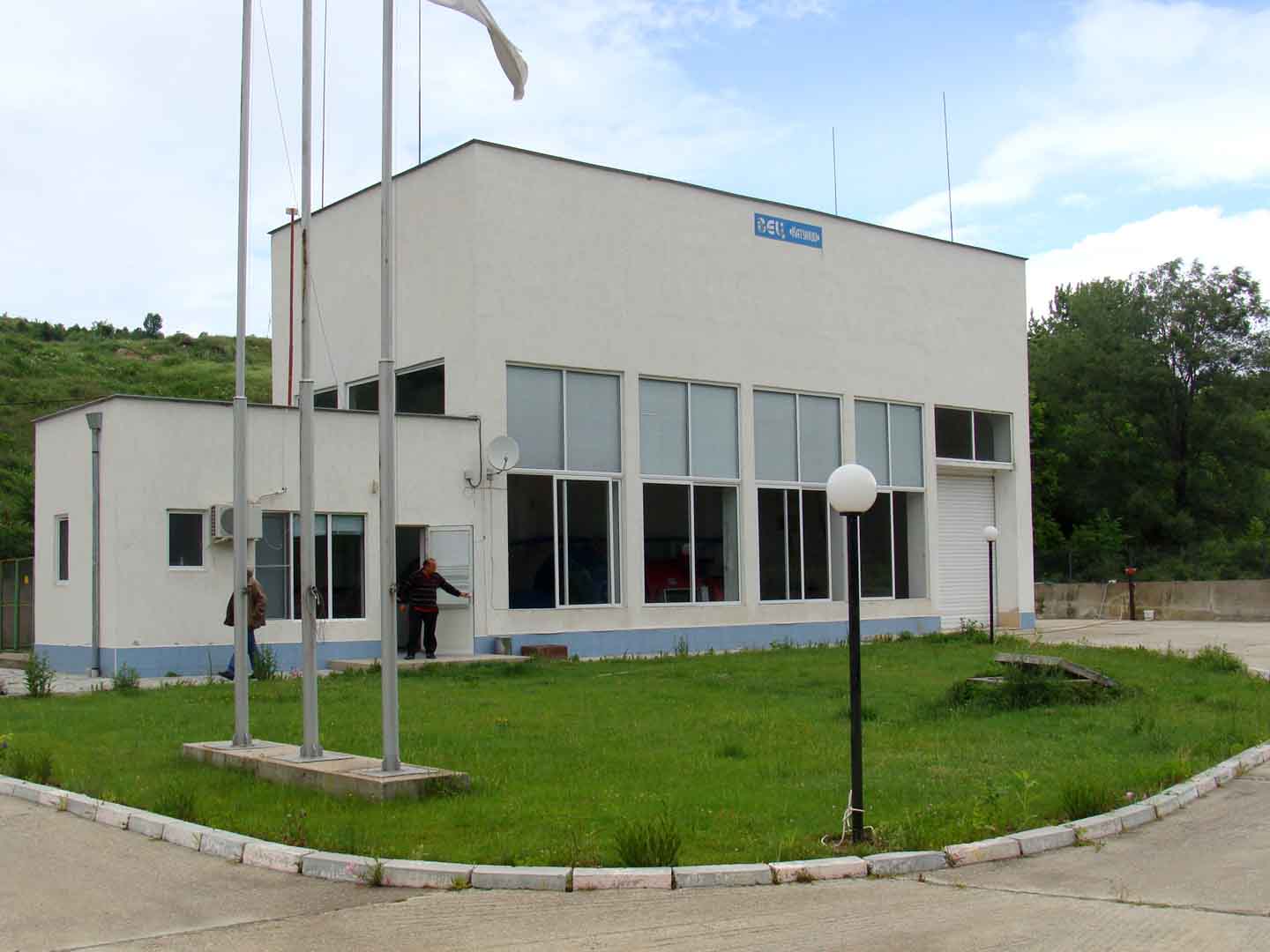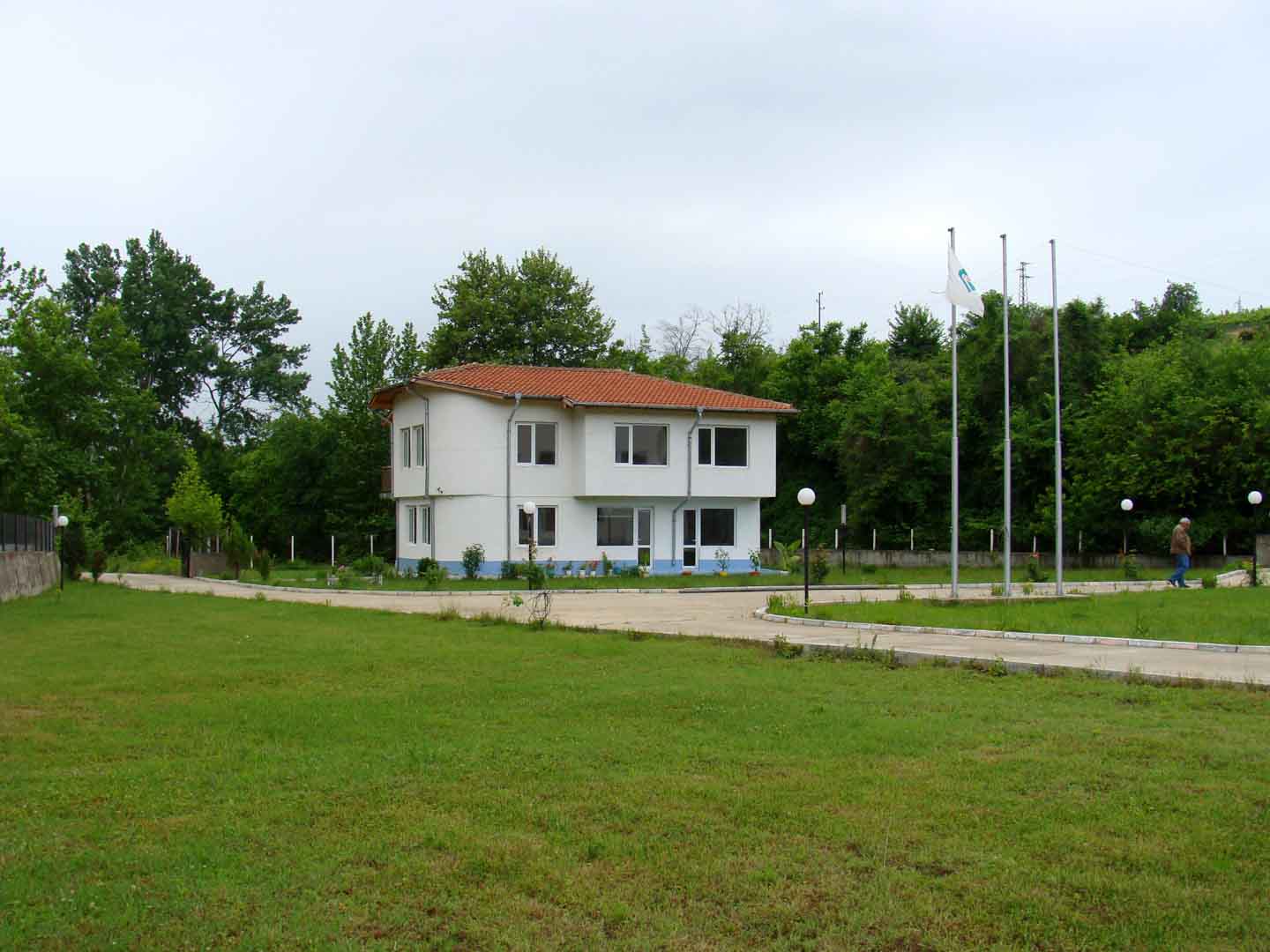VEC Energy Ltd. operates a small hydroelectric power plant with a capacity of 3.4 MW in proximity of the village Katuntsi in Southwestern Bulgaria, at the foot of the Pirin Mountains. The region is one of Bulgaria’s richest in both forest and water resources. The aim of the project is to feed 12-14 GWh into the Bulgarian energy grid. This way, 84,131 tons of CO2 will be saved within a period of seven years. The power plant utilizes water of the existing Spanchevo irrigation canal. Additionally, a water reservoir of 3000m³ is available, so that even at times of high irrigation demand energy can be produced consistently and efficiently.
The generated power contributes to the expansion of the Bulgarian energy mix, which consists to date mainly of fossil fuel combustion and nuclear power. Due to its location apart from nature reserves and its use of existing infrastructure, the environmental impact by the project is minimal, nearby agricultural lands will not be affected.

Hydropower plants use the energy of water to generate electricity. The energy is harnessed by passing water through a turbine. Under the pressure of the water, the turbine turns and transfers this energy to a generator, which converts kinetic energy into electricity. This principle applies to all types of hydroelectric power plants: from small run-of-river power plants to pumped-storage power plants on bodies of water like lakes. In many parts of the world, electricity is still primarily generated from fossil fuels. Clean hydropower can replace some of this emission-intensive energy and thus verifiably save carbon emissions. In most hydropower projects, the electricity is fed into a regional power grid, diversifying the energy supply and improving energy security in areas affected by power shortages and blackouts. Often, these projects also create jobs for the local population. Hydropower projects thus make an important contribution to clean energy supply as well as contributing to the UN Sustainable Development Goals (SDGs). Hydopower projects in the ClimatePartner portfolio are registered with international standards.
Explore our projects
Biochar for Climate Action, Healthy Soils, and Better Harvests

A certified climate project combined with additional commitment

Expansion of renewable energy generation in Asia

Ceramic water filters save CO2 and improve health

Improved cookstoves worldwide – for better health and cleaner air

A certified climate project combined with additional commitment

Powering access to renewable energy in Africa

A certified climate project combined with additional commitment

Restored ecosystems remove carbon

Turning degraded farmlands into healthy ecosystems

Improved cookstoves - better for health and the environment







